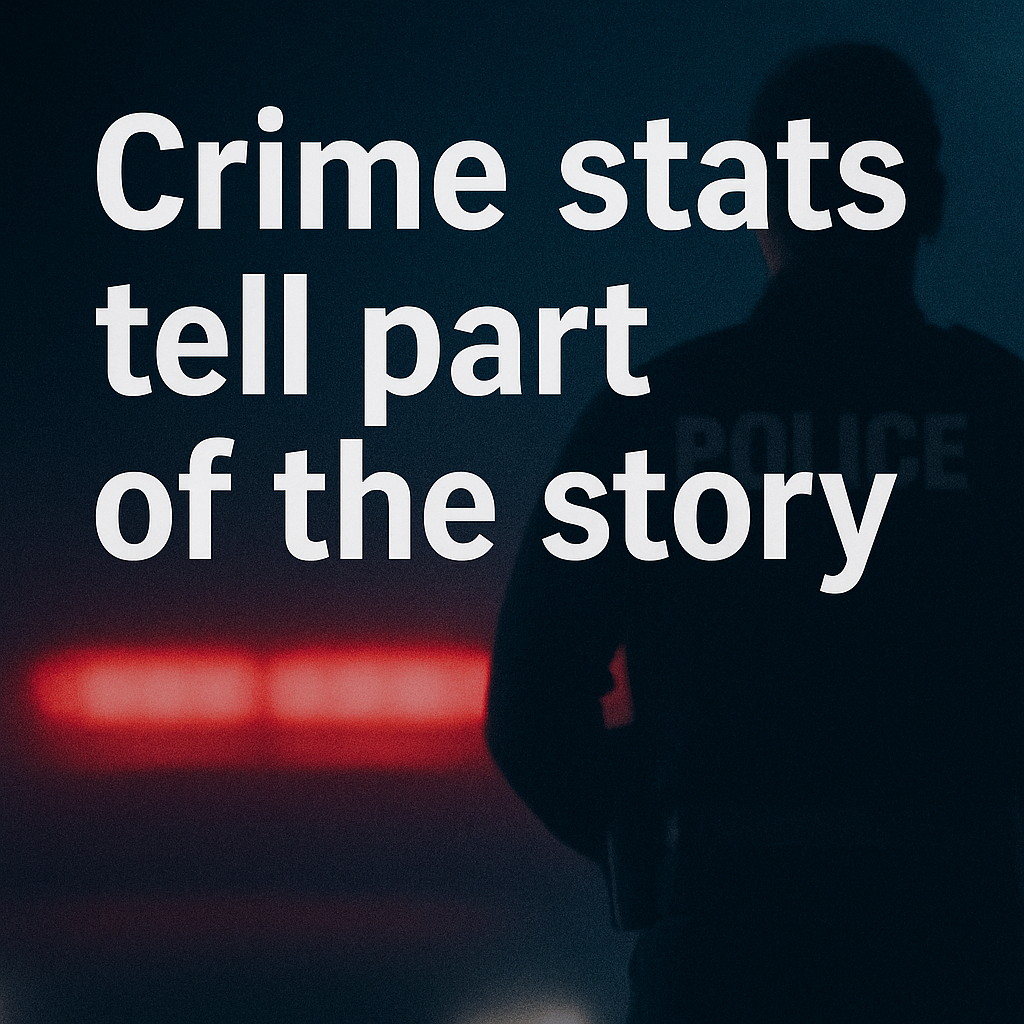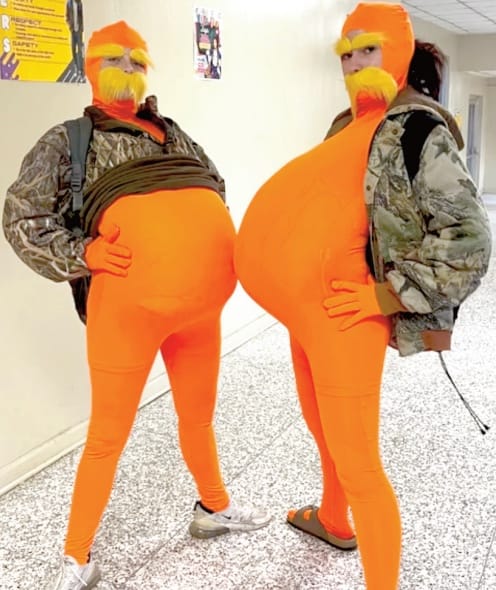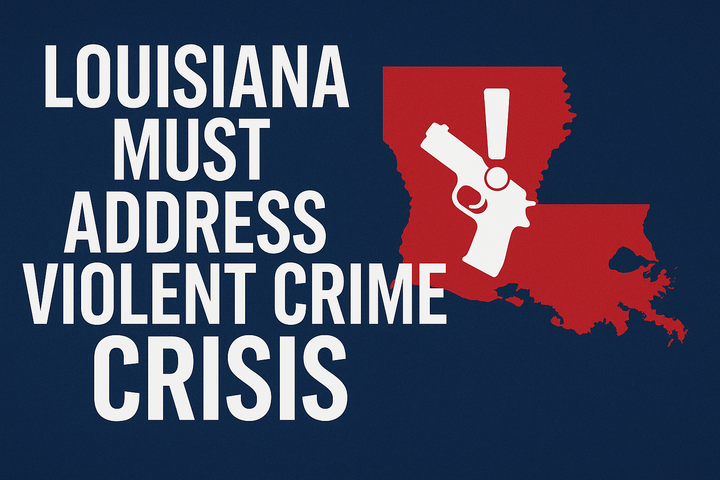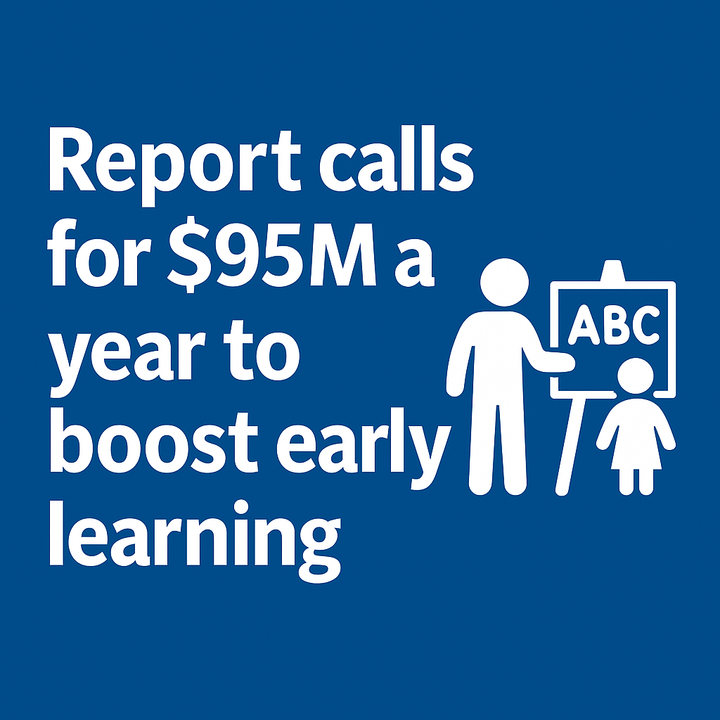Crime stats tell part of the story

Ronal Serpas,
Former New Orleans Police Commissioner
We are pleased to reprint this guest column. Mr. Serpas served as the head of the New Orleans Police Department for many years. He is married to the former Jill Roy of Mansura.
Over the past few months, there have been conflicting narratives about whether crime is decreasing in America overall or specifically in large urban areas. These debates often rely on the results of the Federal Bureau of Investigation’s Uniform Crime Reports.
However, these reports frequently do not match public opinion. In fact, they often point in opposite directions. Why is that? How can we tell if crime is rising or falling?
The United States has traditionally used two methods to measure crime. One is the UCR managed by the FBI. This system has been in place since the early 1930s. The FBI col- lects crime data that law enforcement agencies voluntarily submit for crimes reported to, or detected by, police.
The second method for measuring crime is through the National Crime Victimization Survey, which has been con- ducted annually by the Bureau of Justice Statistics since the early 1970s. The NCVS randomly surveys over 100,000 people each year to ask about their personal experiences with crime. This is primarily how we determine that approx- imately half of all crimes have gone unreported to the UCR. The limitation of the NCVS is that it is a nationwide survey, not conducted at the state or city level.
The Bureau of Justice Statistics’ NCVS released its first report in July to analyze crime data from urban, suburban and rural areas across the country. Here are the key findings from 2020 to 2023.
About 38% of violent victimizations in urban areas were reported to police, which was lower than the percentages in suburban (43%) and rural (51%) areas. The percentage of rape and sexual assault victimizations in rural areas that were reported to police (52%) was almost four times higher than the share reported to police in urban areas (13%), and almost two times higher than the share reported in suburban areas (29%).
Reporting to police for simple assault victimizations was higher in suburban (39%) and rural areas (46%) than urban areas (32%). For robbery, the percentage of victimizations reported to police was lower in suburban areas (49%) than urban areas (63%). There was no significant statistical dif- ference between urban and rural areas.
The UCR and the NVCS are different reports with dif- ferent methodologies. But both are valuable. Ignoring one over the other is a serious mistake. Experiences always out- weigh the statistics. Many communities use a third method to measure crime by relying on independent survey data to understand residents’ perceptions of safety. Having used all three methods, I found the third to be the most helpful for guiding our decisions to improve the police department.
During my time as chief of the Nashville Police Depart- ment from 2004 to 2010, we started a survey conducted twice a year among Nashville residents in June and De- cember. Of all the data we collected, this was the most im- portant.
How people feel about their neighborhood, their ability to move freely around the city and their sense of personal and family safety are the most critical issues we must ad- dress. While I served as superintendent of the New Orleans Police Department from 2010 to 2014, and continuing today, the New Orleans Crime Coalition (NOCC) has been doing similar surveys.
Initially, from 2010 to 2014, NOCC conducted this sur- vey every six months; more recently, they have shifted to doing it once a year. No matter how often it’s done, it re- mains the most vital measure of safety perceptions in New Orleans and, based on my experience, in any city across the country.
I respectfully caution political and police leaders that the conversation about what the UCR reports on crime is limited to what it states and what it doesn’t. We must under- stand how people experience crime, not just how we report or find it. A longtime colleague of mine said it well: “Crime can be measured, but public safety is something that people feel.”




Comments ()